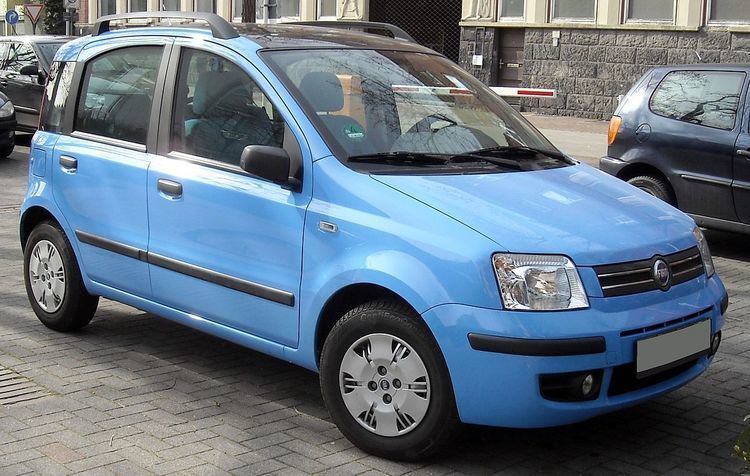Manufacturer Fiat Class City car | Production 2003–present | |
 | ||
Predecessor Fiat Type Zero platform | ||
The Fiat Mini platform is an automobile platform shared among city cars of the Fiat Group.
Contents
Specification
Developed at the end of the 90s in Turin, Italy, the Mini platform was designed to be adaptable to the city car of Fiat Group. Mini platform replaced the old Panda platform (code project Type Zero or Tipo Zero in Italian) and all components are totally new, and were made to be adaptable to more types of small vehicles (including hatchback, convertible and crossover SUV). The frame makes heavy use of high-strength steel. Mini platform is applicable to either front- or four-wheel drive vehicles, using only front-mounted transverse engines. The standard version was designed for MacPherson strut front suspension and torsion beam rear suspension but the four wheel drive version was re-engineered with independent semi-trailing arms rear suspension and electronic Limited slip differential.
The first version of the platform was issued in 2003 with the introduction of the second generation of Fiat Panda. The architecture was developed by Fiat in Poland, in Mexico by Chrysler and later in Italy at Pomigliano d'Arco plant. A concept version uses in Fiat Ecobasic prototype in the 1999 powered by a small 1.2 JTD Multijet engine.
The Mini platform has a wheelbase of 2,299mm in the standard version (2,305mm in 4x4 version), which is used on the Fiat Panda Mk2, Fiat 500 and Ford Ka Mk2.
The Long wheelbase version (2,390mm) is used in Lancia Ypsilon Mk3. The third generation of Fiat Panda uses the standard version with a wheelbase of 2,305mm.
Vehicles based on Fiat Mini platform:
"Economy" platform
The "Economy" platform, is a chassis create for the small low cost vehicle produced by FCA in South America. Is a new platform introduced first with the Fiat Uno (codeproject 327) in 2010 assembly in Betim, Brasil. Fiat said "the Panda and Uno were born together in design and share the same concept, but have no mechanical parts in common". Fiat claims that the Uno uses 82% of new components, being based on the old Fiat Palio. A long whellbase version was also used in the second generation of Palio (326) and Grand Siena. In 2014 Fiat introeuce the Brazilian Fiorino based on the Uno (327) chassis and in the 2016 the little Fiat Mobi introduce a new version of the Economy platform engineering to lower cost. more lower cost.
Vehicles based on Fiat Economy ("Low Cost") platform:
